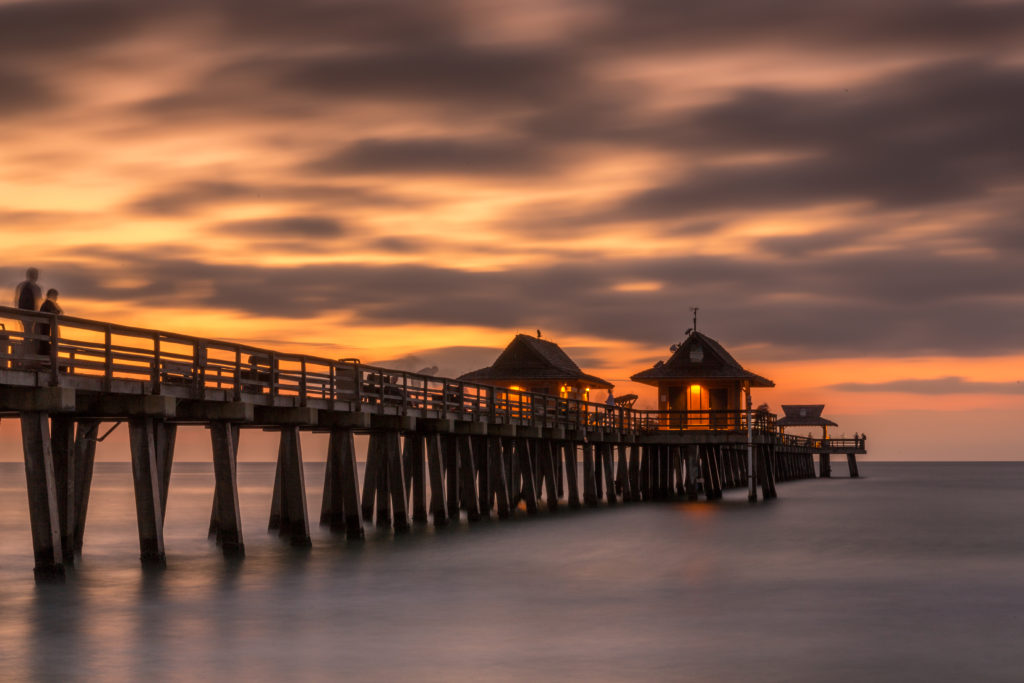Serge Ramelli recently posted a video about the mistakes he made when he was just starting his photography journey. I’ve augmented his posting to apply to our photography in SW Florida. As I review images from the members of the group, I am seeing many of these issues, so I thought I would give you some insight into the problems.
Here are some mistakes many inexperienced photographers make:
- Shooting at the wrong time. Most photos are much better at sunset or sunrise.
- Shooting clouds and water without an ND filter. Photos are much more interesting if there is some motion blur. Even 2 second exposures of the Gulf are more interesting than short ones. Clouds become streaky and dramatic at 30 seconds. Both scenes become otherworldly at 3~5 minutes.
- Shooting at night without a tripod. DUH! You can’t handhold at slow shutter speeds, and if you use a shutter speed that allows handholding, your pictures will be very noisy (due to high ISO tradeoff) or very dark (exceeding the maximum aperture of the lens). With a long exposure, you can make distracting people disappear.
- Not composing the elements of the photo to communicate a message. You need to isolate your subject. Eliminate distracting elements. Recompose for the best effects. Avoid high contrast compositions.
- Shooting scenes with high contrast. Avoid direct sunlight and shadows in the same frame. See #1 above.
- Shooting in JPEG rather than RAW. Your processing options are greatly increased when you start with a RAW file. Shooting JPEG means the camera bakes in the settings on your file; shooting RAW means you determine the settings that you want.
- Allowing your files to default to the computer’s built-in photo processing program. iPhoto will not process RAW files. Once the files have been imported into the default program, they are stored deep within the computer’s hard drive, and do not have a logical nomenclature. It is better to import your photos directly into Lightroom, naming and sorting them in LR. The very best system is to establish your own filing system and import your photos to your own files on your computer or an external hard drive. Then you can import your favorites into Lightroom for processing, and output your finished JPEGs back into the filing system you use for importing. They are your pictures; you should keep control of them.
